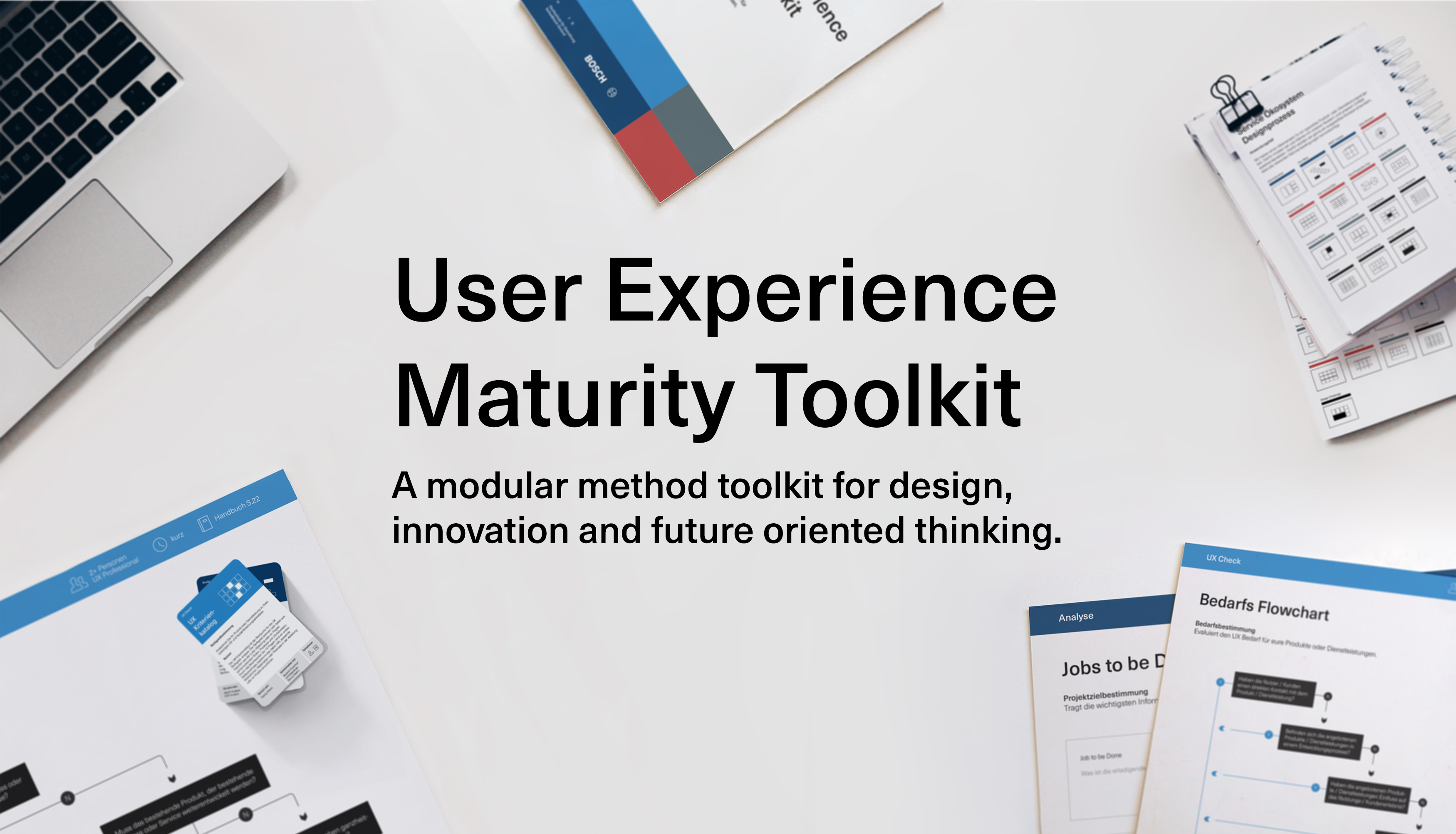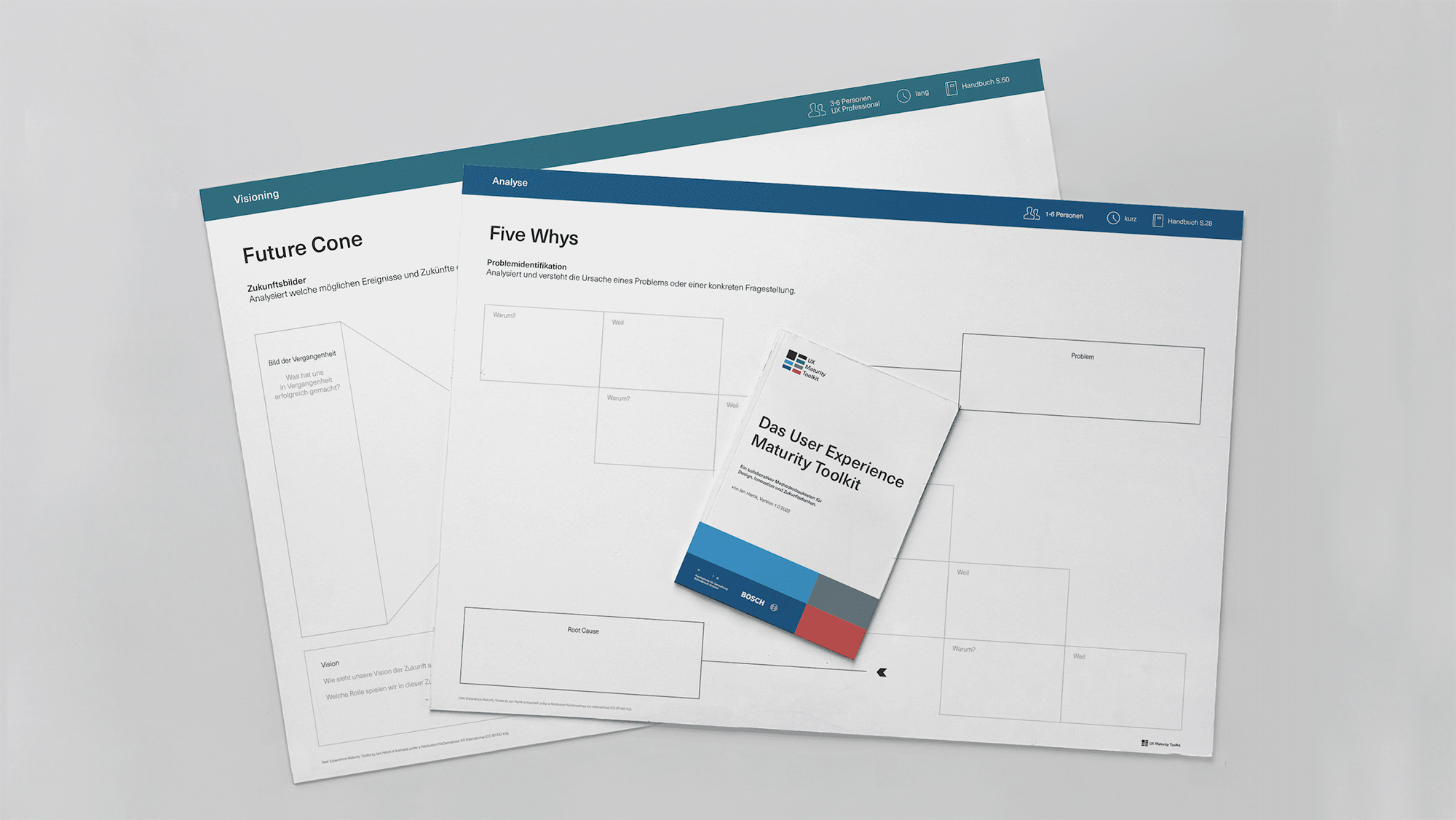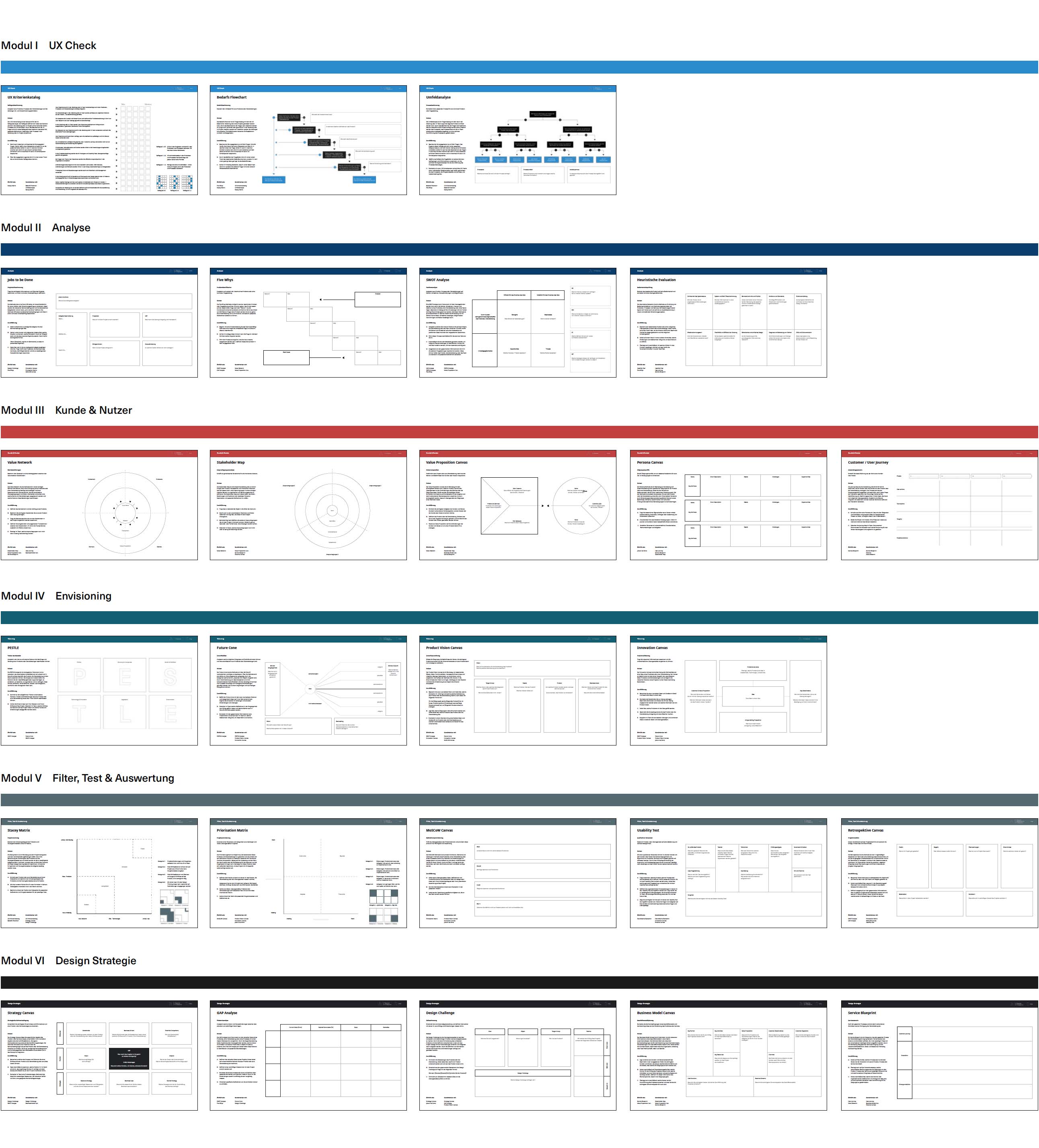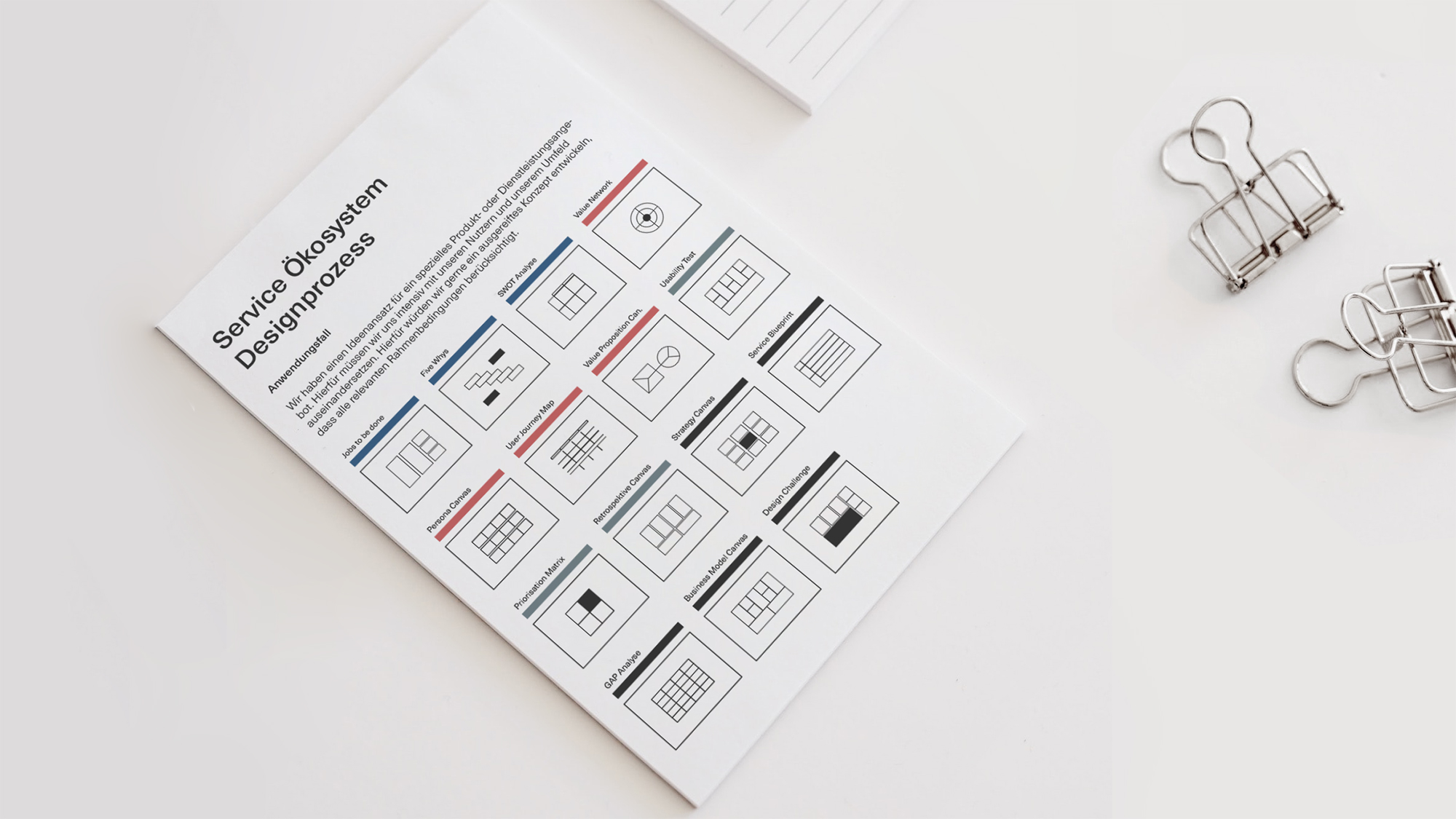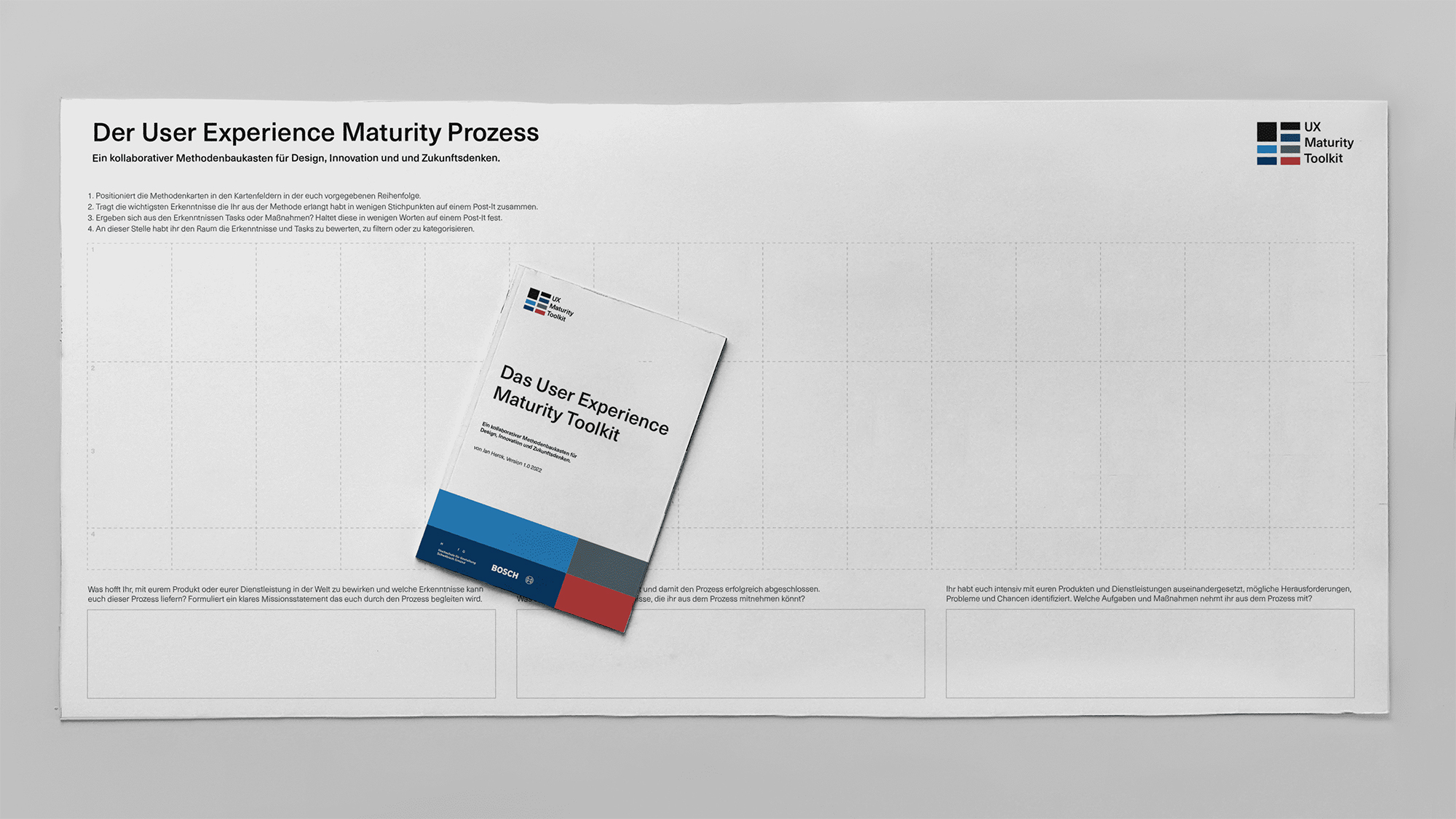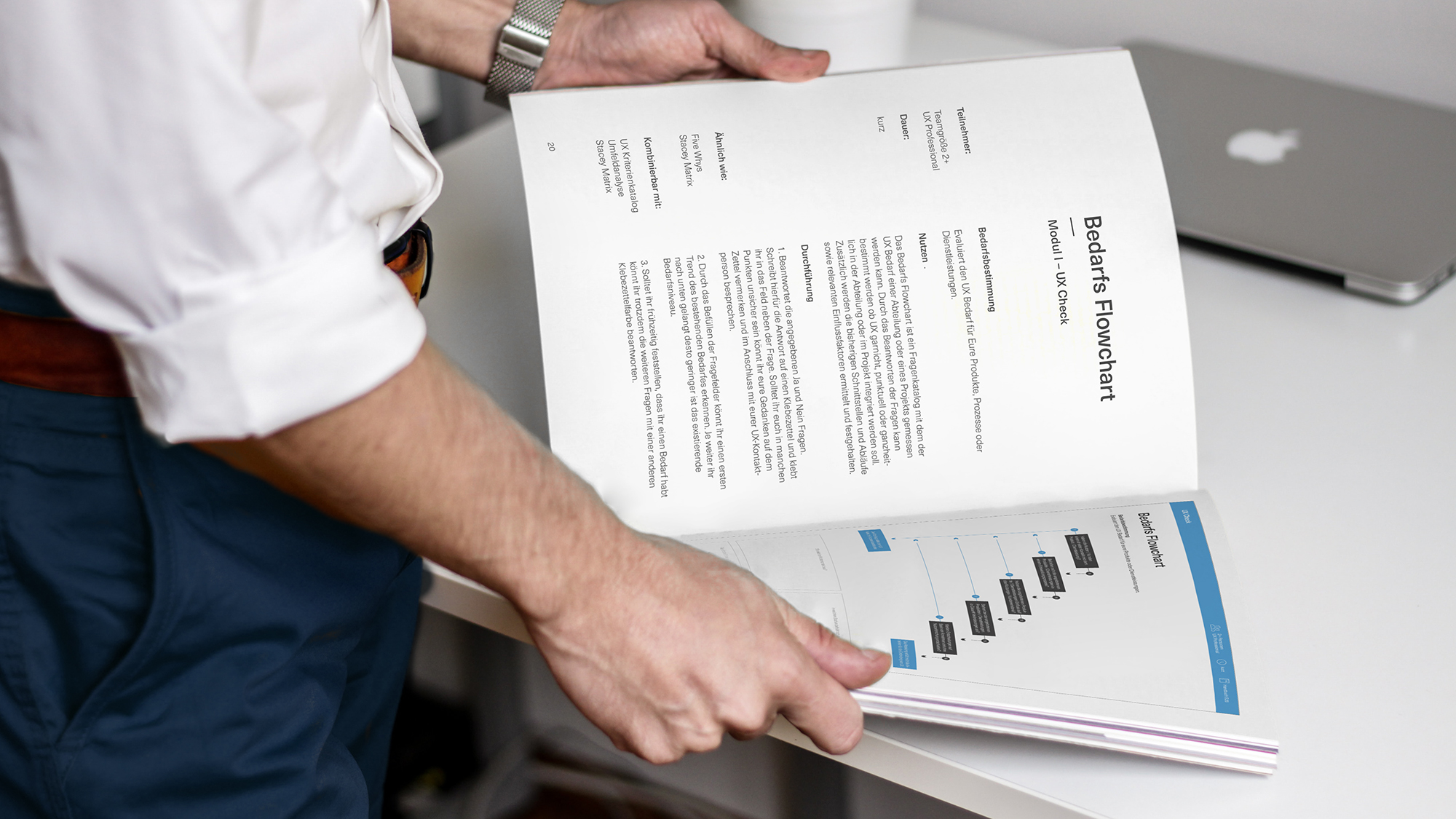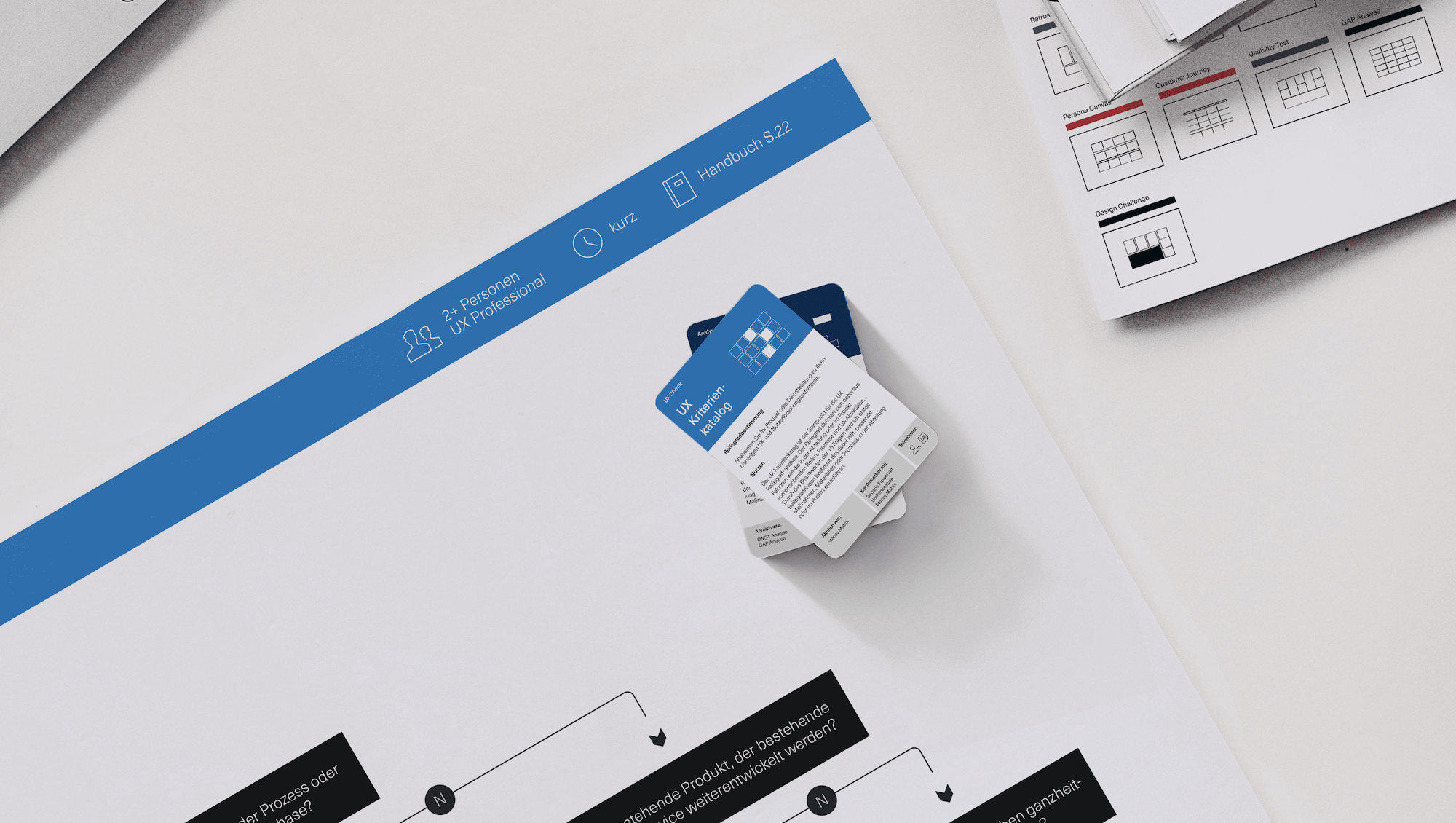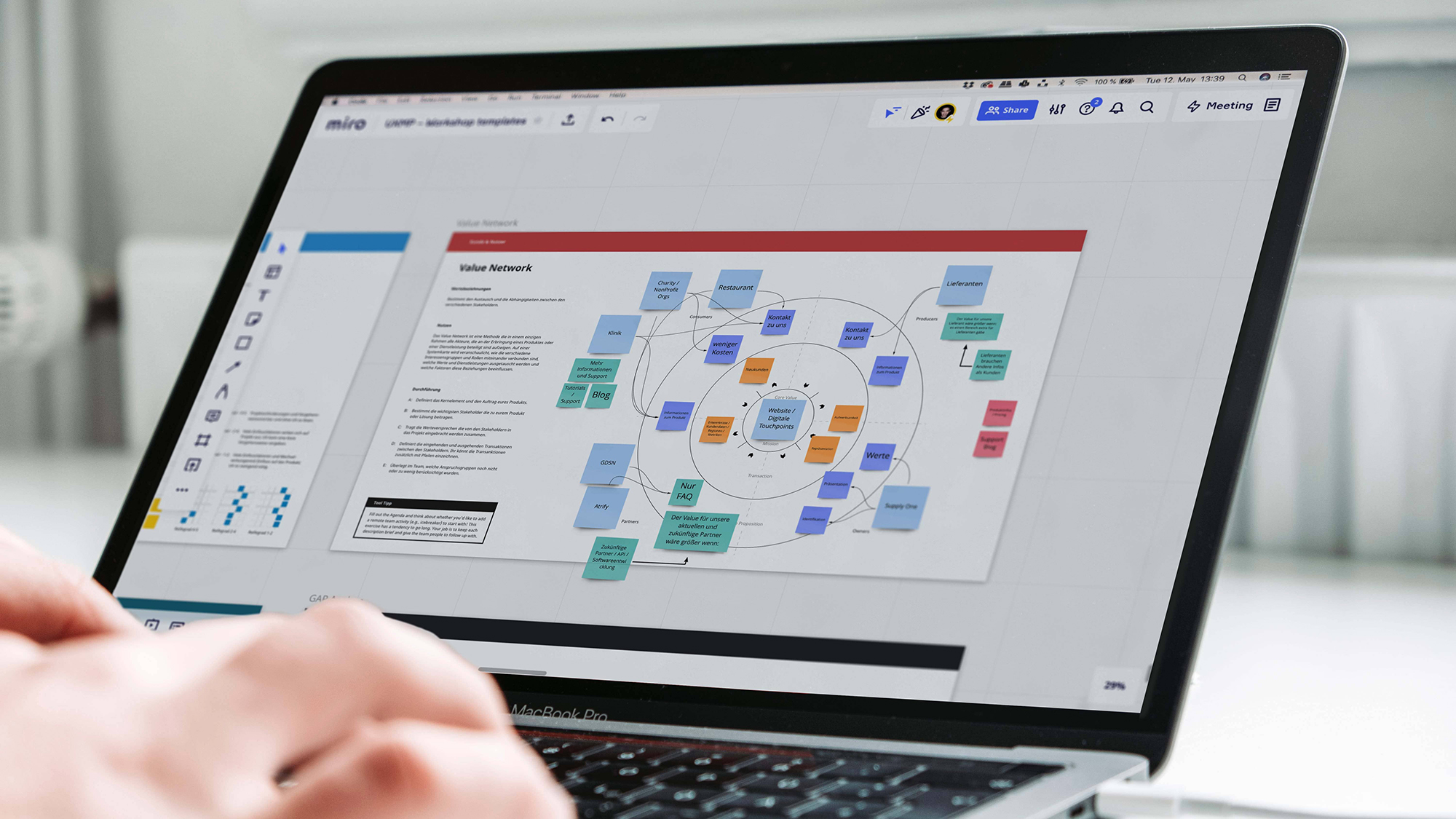The challenges organizations are facing in the information age are becoming ever greater due to the digitalisation of business models, the changing demands of buyers and users and the associated transformation of products, processes and services. Companies that were previously able to convince through a technological lead or years of tradition must now make major changes. Issues such as quality of use, accessibility, usability, but also aesthetics and design are becoming increasingly decisive for the success of the products offered. The growing demand for reliable and intuitive products and services is challenging companies to rethink their previous approaches and work processes especially. Design is therefore becoming more and more popular in the executive suites of large corporations.
"Companies that invest in the design of processes and innovations and pursue a design-oriented approach have - regardless of the industry - more economic success than their competitors." Benedict Sheppard
User- and system-oriented design approaches such as user experience design are becoming increasingly relevant in this context for the development of great products and services. Despite all this, user experience has only been anchored in a few places in the company and doubts about the discipline still exist among many employees and managers. Corporations from non-subject sectors in particular lack the necessary resources and know-how to integrate user experience successfully and sustainably. This research work makes a first suggestion to empower departments, teams and employees in corporations and to introduce them to the topic of user experience with accessible tools and measures.
At this point, the User Experience Maturity Toolkit (UXMT) aims to provide an accessible entry point into the processes and approaches of the discipline. The central element of the toolkit is the user experience maturity process, which consists of three steps. In step one, the UX maturity level, the UX needs and the working conditions of the departments and teams are examined through an analysis phase. Based on the prevailing facts and the environmental conditions, an individual enabling process can be compiled in step two. This is composed of proven methods from different disciplines. In step three, the methods can be carried out in a workshop or on the teams' own responsibility. For this purpose, several accompanying media are available in analogue and digital form, which should enable a simple and comprehensible implementation.
In a nutshell
The UXMT provides a modular set of methods to facilitate entry into the discipline. Through the individual process suggestions and environment-oriented recommendations for action, departments and teams from other disciplines should be able to tackle their specific problems and issues with the tools of user-oriented design. Therefore the employees are introduced to the discipline of user experience design and enabled to increase their UX activities in the long term.
Based on applied research and the investigation of proven design methodologies, a modular and multidisciplinary framework could be developed that enables employees, regardless of industry and work environment, to integrate user experience into their existing structures, processes and products. With the UXMT, specific measures and recommendations for action are developed by combining design, economic and social aspects. The core of this research work is the linking of visuality, communication and design to develop an interdisciplinary and multi-perspective approach.
This work was carried out in cooperation with Bosch Engineering GmbH
